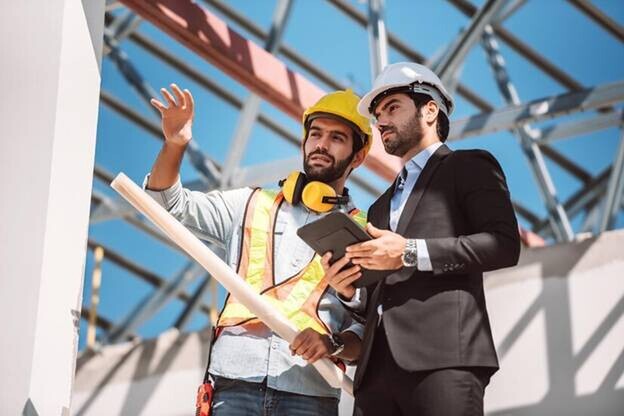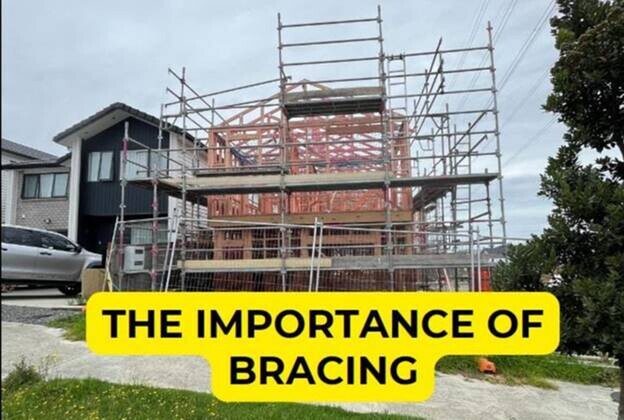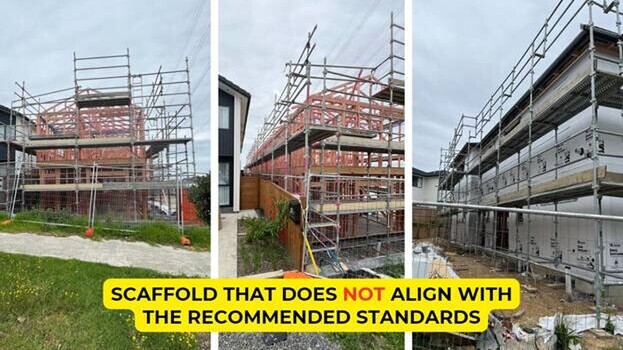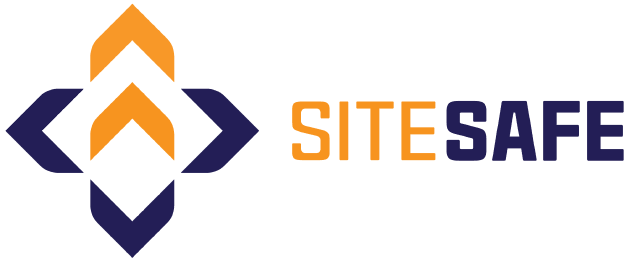In New Zealand’s bustling construction industry, safety stands as the cornerstone of every operation. Among the myriad of safety protocols and standards, proper scaffold bracing emerges as a non-negotiable element in ensuring the stability and integrity of scaffolding structures. Here, we delve into the critical significance of adhering to scaffold bracing standards and the potential risks associated with inadequate bracing practices.
Scaffolding Bracing And Safety Standards
These photos, from a non-member company, serve as stark reminders of scaffold structures that fall short of recommended safety standards, particularly in terms of bracing. While these scaffolds may have received approval as safe for use, upon closer inspection, it becomes clearly evident that they lack the necessary bracing or exhibit insufficient bracing arrangements.
Such deviations from standard requirements pose significant risks to worker safety and highlight the importance of stringent adherence to safety guidelines. While scaffolding is, of course, necessary for efficiently completing many kinds of incredible construction projects, it comes with its inherent risks. The tall height of larger scaffolding setups means that objects could fall and get damaged or cause damage. Furthermore, workers could fall and injure themselves, which is even more likely if scaffolding is improperly set up or isn’t designed for safety.
At the heart of scaffold stability lies the inclusion of longitudinal bracing, strategically positioned to provide structural support and prevent lateral movement. The absence of adequate bracing compromises the stability of the scaffold, making it vulnerable to swaying and instability, even under minimal load-bearing conditions. These movements can cause mistakes during construction or injuries to workers on the scaffolding or even people around the scaffolding.
Moreover, the removal of ties further exacerbates the risk, potentially leading to catastrophic failures or scaffold collapses. Skipping safety measures and cutting corners like this can lead to severe accidents and injuries, or worse.
The significance of proper bracing cannot be overstated, as it serves as a fundamental safeguard against structural failures and ensures the safety of workers and bystanders alike. As outlined in the General Practice Guide (GPG), scaffold bracing guidelines explain specific requirements for longitudinal brace spacing, tailored to different scaffold types. Consider reading pages 85-88 of the Good Practice Guide to learn more about proper bracing.
For Tube & Clip Scaffolding, the maximum longitudinal brace spacing is limited to four bays, while Proprietary Scaffolding allows for up to five bays, unless otherwise specified by the manufacturer. Appropriate bracing helps scaffolding stay stable, maximising safety to ensure the efficiency of your project and keeping your people safe.
Despite the regulatory framework and industry guidelines in place, instances of unbraced scaffolds, or those with inadequate bracing, remain prevalent across construction sites nationwide. This alarming, dangerous trend underscores the urgent need for much more awareness and proactive measures to address bracing deficiencies in scaffold construction. Every time unsafe scaffolding is used, the chances of accidents are increased, and unfortunate disasters can occur.
By prioritising safety and strict adherence to bracing standards, stakeholders can mitigate risks and uphold the integrity of scaffold structures. One of the best ways to deal with accidents is to prevent them from ever happening in the first place. With proper safety features and by following the right guidelines, you can keep your project safe and set an example for others.
Along with following the Good Practice Guidelines, you should take every step you can to ensure you and your team are safe. For example, ensure your workers are trained and understand how to use scaffolding, understand the weight limits of your particular setup, use personal protective equipment and so on. By taking precautions, you can prevent accidents or injuries and lessen damages if any incidents do happen to occur.
Keeping Your Scaffolding Safe In New Zealand
The safety of scaffold structures hinges on the meticulous implementation of proper bracing practices. From ensuring adequate longitudinal brace spacing to adhering to manufacturer specifications, every aspect of scaffold bracing plays a very vital role in safeguarding our lives and preventing accidents. At IC Scaffolding, we strongly value health and safety, and we are hoping to enhance awareness regarding essential safety measures associated with the safe erection of scaffolds. We wish to provide educational insights for the betterment of our collective safety practices while also reminding everyone of the non-negotiable parts of our industry.
As an industry, it’s our responsibility to prioritise safety at every stage of scaffold construction. Any reputable scaffold company must adhere to best practices in scaffold construction while recognising bracing as an indispensable component in the pursuit of accident-free worksites.
If you’d like to learn more about safe scaffolding, we invite you to speak to our team on 021 188 3307 or by visiting our website’s contact page. Together, we can lead the way towards a safer future for New Zealand and everyone who calls this beautiful country home.
From us at IC Scaffolding, we thank you for your attention and commitment to upholding safety standards.








